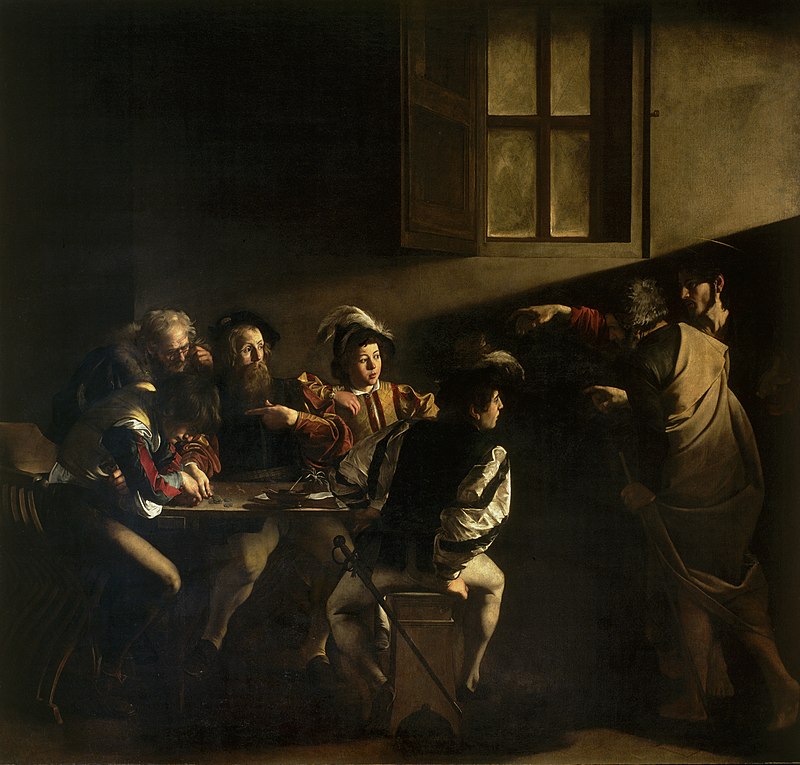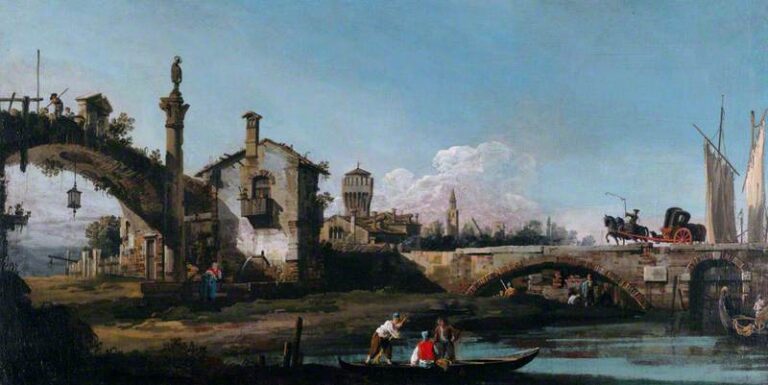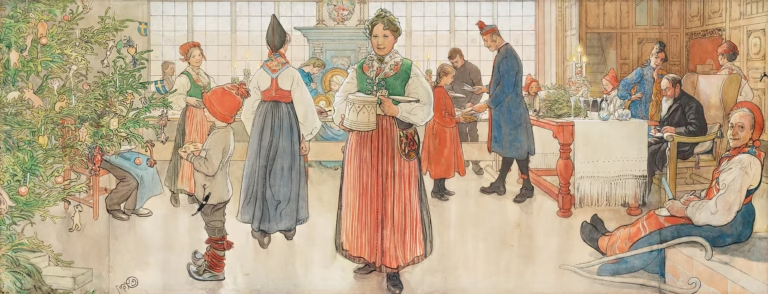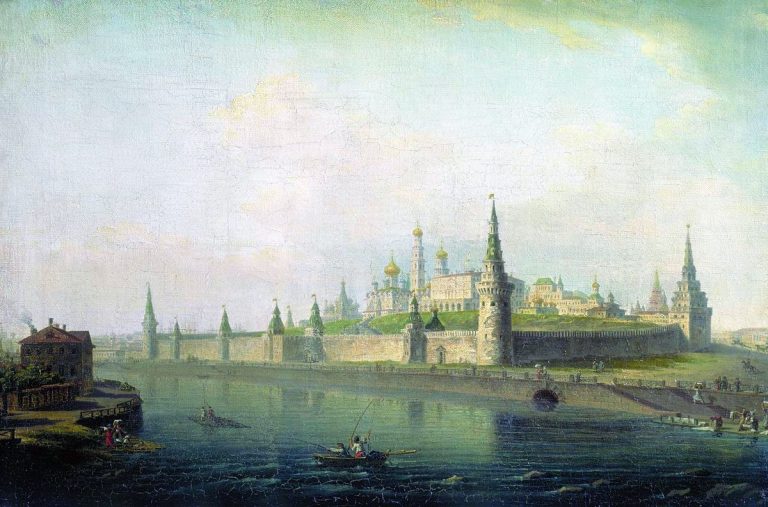Baroque Paintings: A Journey Through Artistic Mastery
Origins and Characteristics of Baroque Art
Baroque art emerged in the 17th century. It was driven by shifts in cultural and religious influences, especially the Catholic Church. Its vibrant style, differing from earlier periods like the Renaissance, is marked by heightened emotion and dramatic visuals.
Contrast to Renaissance and Mannerism
Baroque art followed the Renaissance and Mannerism periods. While the Renaissance focused on harmony, balance, and proportion, Baroque painters prioritized emotion and movement.
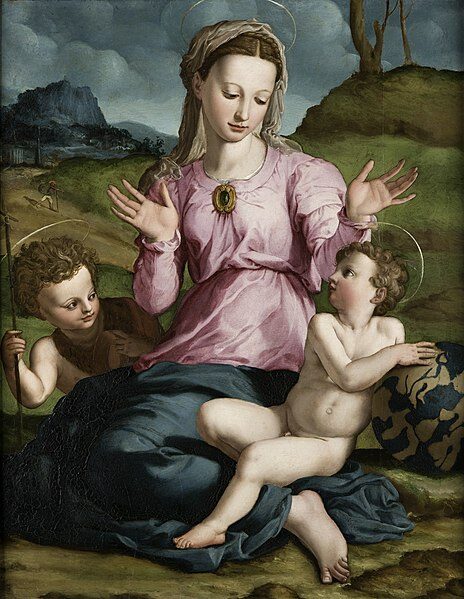
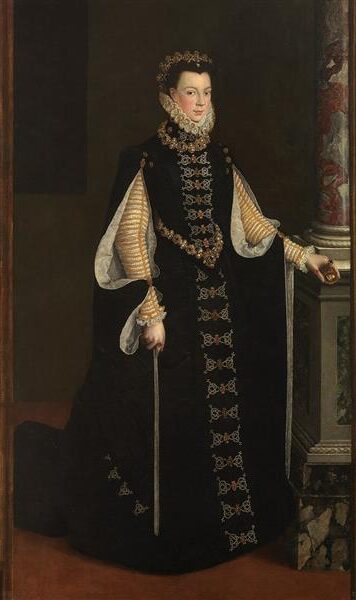
This style embraced the use of light and shadow—known as chiaroscuro—to enhance contrast. Baroque artists like Caravaggio and Peter Paul Rubens captured dynamic scenes filled with intense drama, often depicting biblical tales with vivid detail. Unlike the measured approach of Renaissance art, Baroque art is known for its bold and vigorous expressions.
Influence of the Catholic Church and Counter-Reformation
The Counter-Reformation, a Catholic response to the Protestant Reformation, deeply influenced Baroque art. The Catholic Church utilized art as a tool to evoke awe and inspire faith.
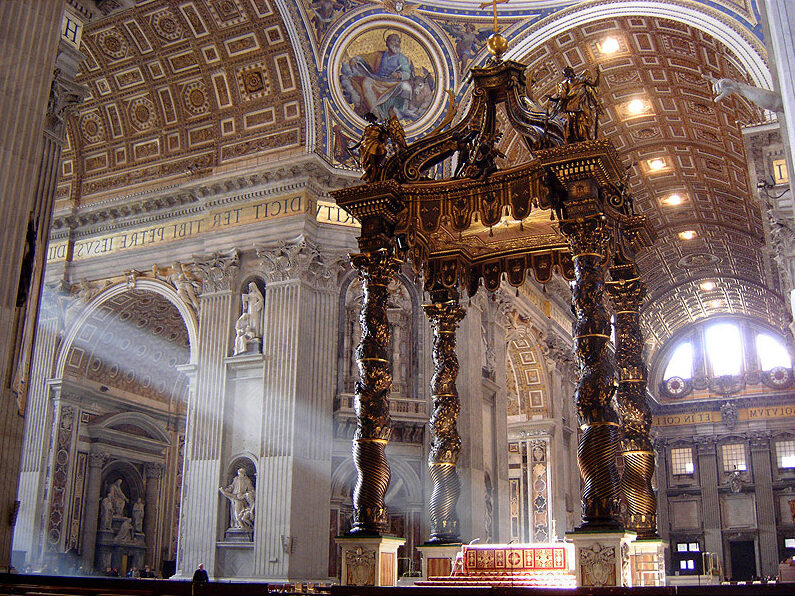
Baldacchino in St. Peter’s Basilica (1624-1633) by Gian Lorenzo
This era saw an emphasis on rich, ornate details, aiming to connect believers more directly with religious themes. Paintings were grand, with a focus on storytelling. Artists like Bernini and Strozzi created works that highlighted the majesty and power of the divine, mirroring the Catholic Revival’s emphasis on religious devotion and splendor.
Baroque paintings served both spiritual and aesthetic purposes, making them central to religious and cultural life during the 17th century.
Key Artists and Their Contributions
Several key artists shaped the Baroque era, each bringing unique techniques and themes to their work. These artists include Caravaggio, known for his dramatic lighting, Rubens with his influence in Flemish Baroque, Rembrandt’s focus on realism, and Artemisia Gentileschi’s contributions to female representation.
Caravaggio’s Introduction to Tenebrism
Michelangelo Merisi, famously known as Caravaggio, revolutionized art with his use of tenebrism. This technique emphasizes stark contrasts between light and dark, creating drama in his paintings.
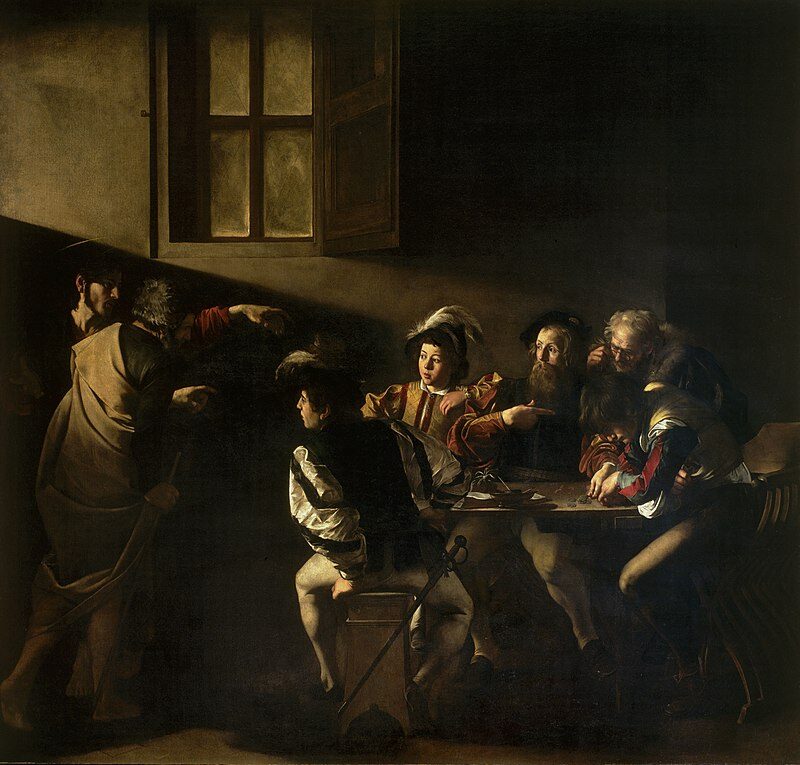
The Calling of Saint Matthew (1599–1600) by Caravaggio
Works like The Calling of Saint Matthew demonstrate this style, where the interaction of shadows and light brings emotional depth. Caravaggio’s approach inspired many artists, influencing the course of Baroque art as well as intensifying its emotional impact.
Caravaggio’s realistic depiction of human figures, often based on real-life models, added authenticity to his art. His method challenged traditional standards, paving the way for modern artistic expression. His unique style quickly spread across Europe, cementing his legacy in art history.
Rubens and the Flemish Baroque
Peter Paul Rubens played a pivotal role in the development of the Flemish Baroque style. Known for his energetic compositions and vibrant color palette, Rubens’ works often depict scenes filled with dynamic movement and intense emotion.
Paintings such as The Elevation of the Cross showcase his mastery in capturing the human form in dramatic poses.
Rubens was also an accomplished diplomat and scholar, which enriched his art with diverse cultural influences. His workshop produced numerous masterpieces, spreading the Baroque style far beyond Flanders. Rubens’ contributions helped establish the Flemish Baroque as a significant artistic movement.
Rembrandt and Dutch Realism
Rembrandt van Rijn, a prominent figure in the Baroque period, is celebrated for his contributions to Dutch Realism.
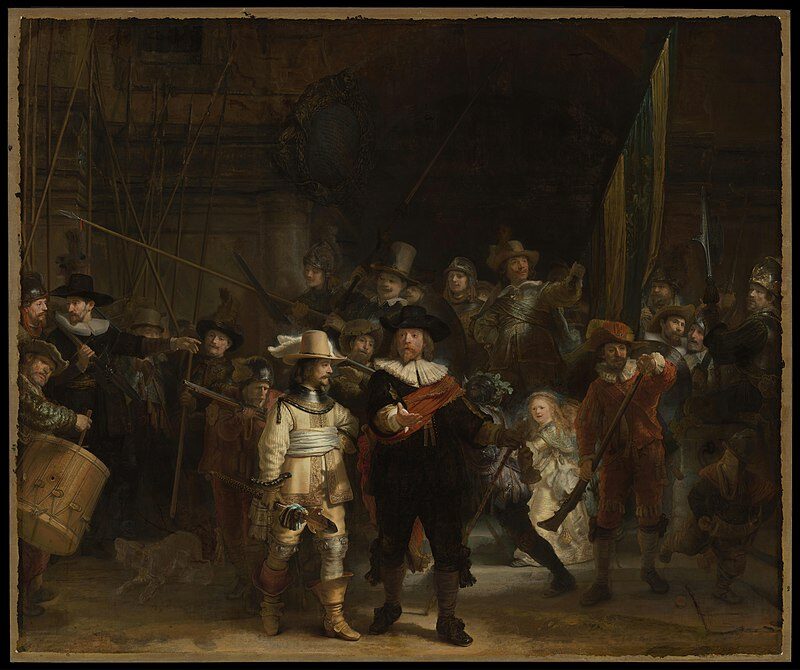
The Night Watch (1642) by Rembrandt van Rijn
Emphasizing naturalism, Rembrandt’s portraits, such as The Night Watch, display meticulous attention to detail and deep emotional insight. His use of light highlights not only physical features but also psychological depth, making his figures come alive.
Rembrandt’s self-portraits offer a unique glimpse into his life, capturing his emotions and experiences over decades. His innovative techniques in handling light and shadow have had a lasting impact on art, influencing countless artists in succeeding generations.
Artemisia Gentileschi and Female Representation
Artemisia Gentileschi emerged as a significant female artist in a male-dominated era. Her work often portrays strong women from biblical and mythological stories, as seen in paintings like Judith Slaying Holofernes.
Gentileschi’s interpretations revealed the complexities of female strength and vulnerability, offering perspectives often overlooked by her male counterparts.
Her personal experiences influenced her art, and she used her work to challenge societal norms. As both an artist and a trailblazer, Artemisia Gentileschi’s contributions to female representation in Baroque art are celebrated for their boldness and creativity. Her legacy continues to inspire and influence modern feminist perspectives.
Signature Techniques and Themes
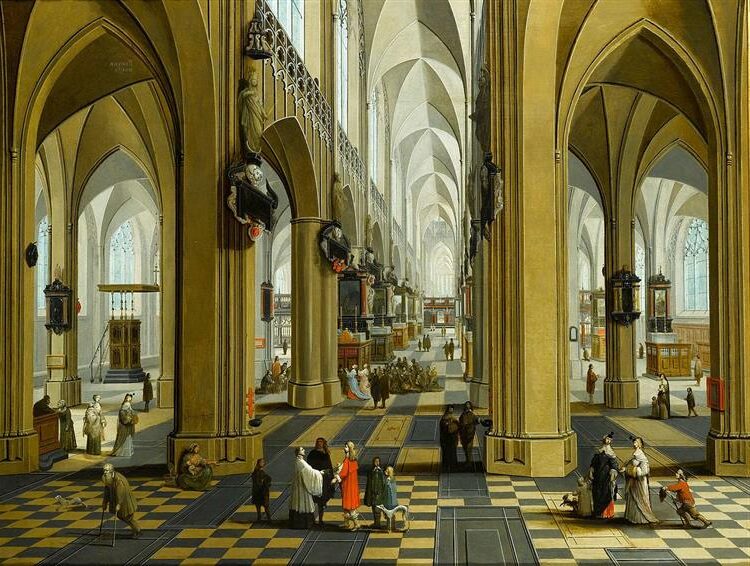
A Church Interior (circa 1600) by Frans Francken
Baroque paintings are known for their dynamic and dramatic presentation. They incorporate techniques like chiaroscuro and explore themes such as daily life and grand religious stories.
Chiaroscuro and Dramatic Illumination
Chiaroscuro and tenebrism are key techniques in Baroque art, bringing shadows and light to the forefront. Artists like Caravaggio used these to enhance the drama in their scenes.
By placing figures in stark contrast with their backgrounds, they added emotional depth and intensity.
Dramatic illumination highlights certain elements of the painting. The Night Watch by Rembrandt is a prime example, showing figures emerging from the shadows. This method also directs the viewer’s eye, creating a focal point. These techniques give Baroque art its powerful visual impact.
Portraiture and Everyday Life
In Baroque art, artists brought everyday life into focus through portraiture and still life. Portraits captured not just the likeness but also the character of subjects.

Vieja friendo huevos (1618) by Diego Velázquez
Paintings of ordinary activities offered a glimpse into the life of the period.
Painters like Velázquez blurred the lines between ordinary subjects and grandeur. They often depicted people in contemporary settings, providing a vivid slice of 17th-century life. This focus on realism was new and opened art to more personal and relatable themes. Baroque artists turned the mundane into the extraordinary.
Religious and Historical Epics
Baroque paintings frequently featured grand religious and historical epics.
Artists used large canvases to depict scenes from stories like The Abduction of the Sabine Women. These works aimed to inspire awe and devotion.
Religious painting in the Baroque period often depicted biblical scenes with vivid realism. The goal was to engage viewers emotionally. Complex compositions combined movement and expression.
These epic narratives aligned with the Catholic Church’s aims during the Counter-Reformation, invigorating faith through art.
Rendered with skill and emotion, these paintings leave a lasting impression. They continue to be admired for their ability to move and captivate audiences.
Influential Baroque Works and Analysis
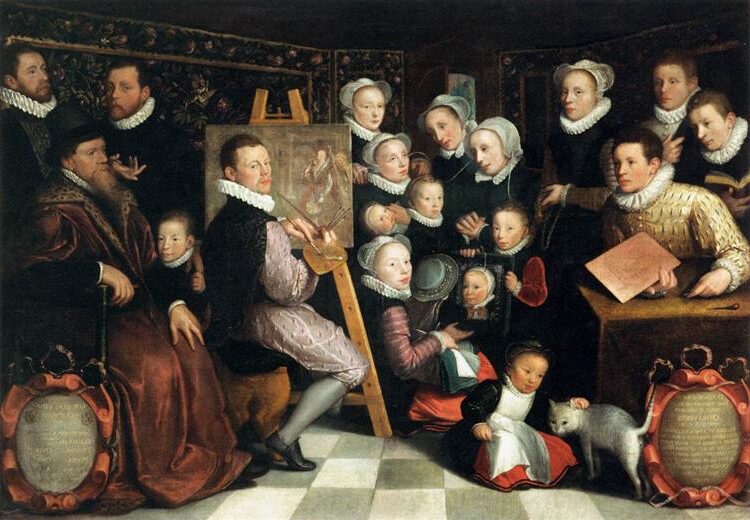
The Artist Painting, Surrounded by His Family (1584) by Otto van Veen
Baroque paintings are known for their dramatic use of light and shadow, as well as their emotional intensity. This section examines significant works and offers insights into the artists’ techniques and purposes, highlighting contributions from the Italian, Spanish, and Dutch-Flemish regions.
Velázquez and the Spanish Court
Diego Velázquez, a prominent figure in Baroque art, served as the court painter for King Philip IV of Spain. His masterpiece, Las Meninas, stands out for its complex composition and mysterious allure. This painting offers a glimpse into the Spanish royal family, but its true subject remains a topic of debate.
Velázquez masterfully captured the play of light and shadow, enhancing the depth and realism of the scene. The intriguing arrangement reflects his skill in using perspective to draw viewers into the painting. His work at the Spanish court exemplified how Baroque art could blend portraiture and storytelling.
Dutch and Flemish Genre Painting
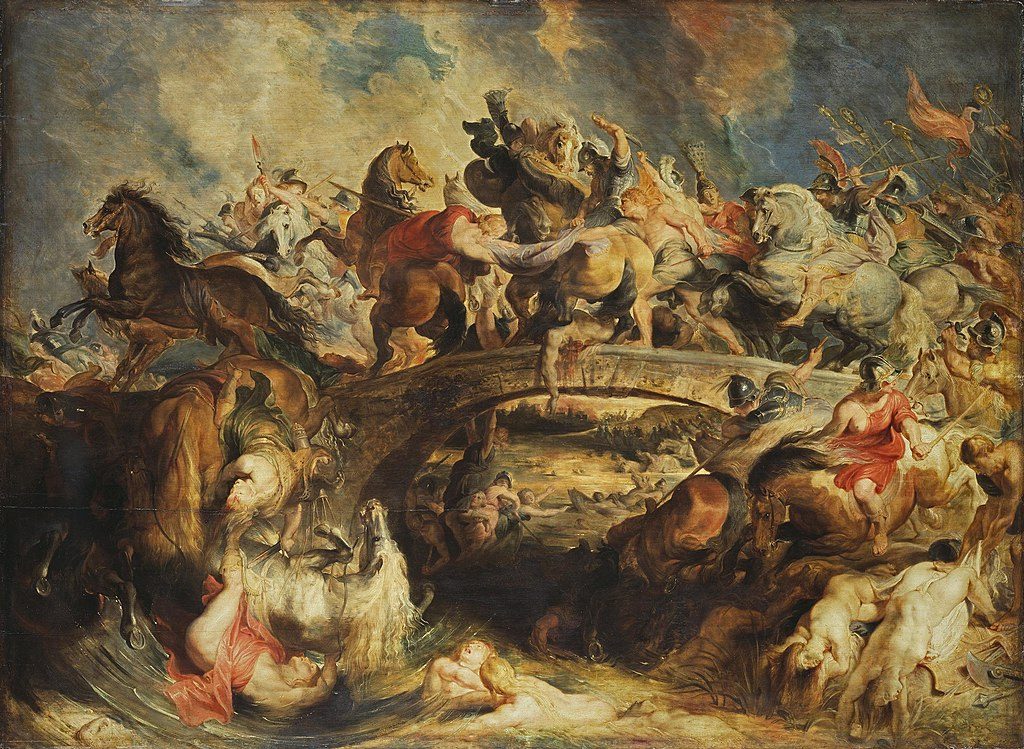
The Battle of the Amazons (c. 1618) by Peter Paul Rubens
Flemish artist Peter Paul Rubens was a master of vibrant and dynamic compositions. The Battle of the Amazons showcases his talent for creating movement and drama on canvas. His energetic brushwork and vivid colors breathe life into this mythological scene.
In contrast, Dutch artists like Johannes Vermeer focused on everyday life, with an emphasis on domestic settings.
Genre paintings from this region captured simple yet profound moments, reflecting the cultural and social milieu of the 17th century. Their attention to detail and use of light and shadow elevate these works, transforming the mundane into the extraordinary.
Italian Baroque’s Mythological Narratives
Italian Baroque painting was renowned for its grand narratives and emotional intensity. Caravaggio’s The Calling of St. Matthew remains a pivotal work, utilizing stark contrasts between light and dark to dramatize the moment of divine intervention. These contrasts not only enhance the spiritual significance but also create a lifelike atmosphere.
Nicolas Poussin, another influential figure, skillfully incorporated mythological themes in his work. Judgement of Paris depicts the classical tale with precise composition and harmonious color arrangements. Italian Baroque painters often drew from mythology, infusing their works with layers of meaning and timeless stories.
Evolution and Legacy of Baroque Art
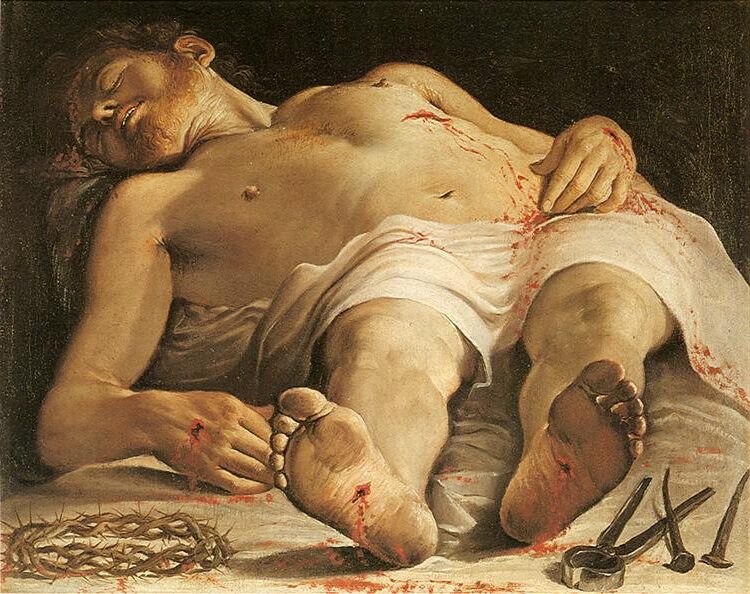
Corpse of Christ (c. 1583–1585) by Annibale Carracci
The Baroque period, flourishing in the 17th century, left a significant mark on the art world with its intense emotion and grandeur. Its influence is evident in the styles that followed, such as Rococo and Neoclassical, and continues to impact Western art today through its dramatic approach and innovative techniques.
Transition to Rococo and Neoclassical Styles
The Baroque movement eventually gave way to the Rococo style in the early 18th century. Rococo art retained some Baroque elements but shifted towards lighter themes and playful ornamentation.
This transition was characterized by a more delicate and decorative approach, focusing on elegance and charm rather than the intense emotion seen in Baroque works.
Famous Baroque artists like Caravaggio and Bernini inspired later styles with their use of dramatic lighting and dynamic compositions.
Neoclassical art emerged as another successor to Baroque, emphasizing a return to classical simplicity and order.
It arose in response to the extravagance of Rococo, favoring clear lines and restrained color palettes. This style was partly fueled by renewed interest in Greek and Roman traditions during the late 18th century.
Baroque’s Influence on Western Art
Baroque art’s impact on Western culture and art is undeniable, with its theatricality and emotion influencing countless artists and movements.
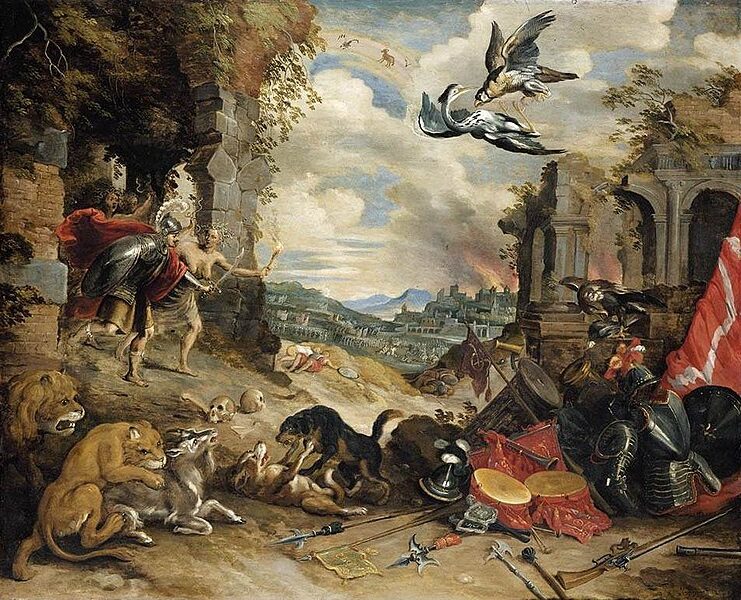
Allegory of War (1640s) by Jan Brueghel
The technique of chiaroscuro, which plays with strong contrasts between light and dark, became a staple in painting, adding depth and focus to artistic compositions.
The Allegory of War, among other works, showcases the dramatic intensity typical of Baroque art, influencing the narrative power of later Western art.
The Baroque period also brought a focus on religious and mythological subjects, shaping content in Western art for years to come.
Through its innovative approaches, Baroque art built a foundation for artistic exploration that would continue to evolve throughout history.
Frequently Asked Questions
Baroque paintings are known for their distinct characteristics and influences. The art from this era was shaped by various themes and artists who left a significant mark on European art history.
What are the defining characteristics of Baroque paintings?
Baroque paintings are characterized by their dramatic use of color and light, often displaying stark contrasts. These artworks typically emphasize movement and involve scenes filled with emotion and tension.
Who are some of the most renowned artists of the Baroque era?
Renowned artists from the Baroque period include Caravaggio, known for his use of chiaroscuro, and Rembrandt, famous for his portraits. Other notable artists include Peter Paul Rubens, Diego Velázquez, and Johannes Vermeer.
Can you list notable masterpieces from the Baroque period?
Noteworthy masterpieces from the Baroque period include “The Night Watch” by Rembrandt and “Las Meninas” by Velázquez. Caravaggio’s “The Calling of Saint Matthew” and Rubens’ “The Elevation of the Cross” are also significant works from this time.
How did Baroque art differ from the art of the Renaissance period?
While Renaissance art focused more on balance, symmetry, and harmony, Baroque art aimed at greater emotional impact with its dynamic compositions and dramatic lighting. Baroque works are more ornate and expressive compared to the refined elegance of Renaissance pieces.
In what ways did Baroque paintings influence the direction of European art?
Baroque paintings greatly influenced the progression of European art by emphasizing realism and emotional depth. These aspects paved the way for later art movements, including Rococo and Neoclassicism, which both carried elements of the Baroque style.
What are the common themes depicted in Baroque artwork?
Common themes in Baroque art revolve around religion, grandeur, and power.
Artists frequently depicted biblical stories, historical events, and scenes of royal or divine authority. There is a strong focus on human emotion and the drama of real-life scenarios.


